Kill Bill: Volume 1
8.4 /10 1 Votes
85% Rotten Tomatoes 4/4 Roger Ebert Genre Action Duration Language English | 8.1/10 IMDb 69% Metacritic Film series Kill Bill Country United StatesJapan | |||||||||||||||||||||||||||||||||
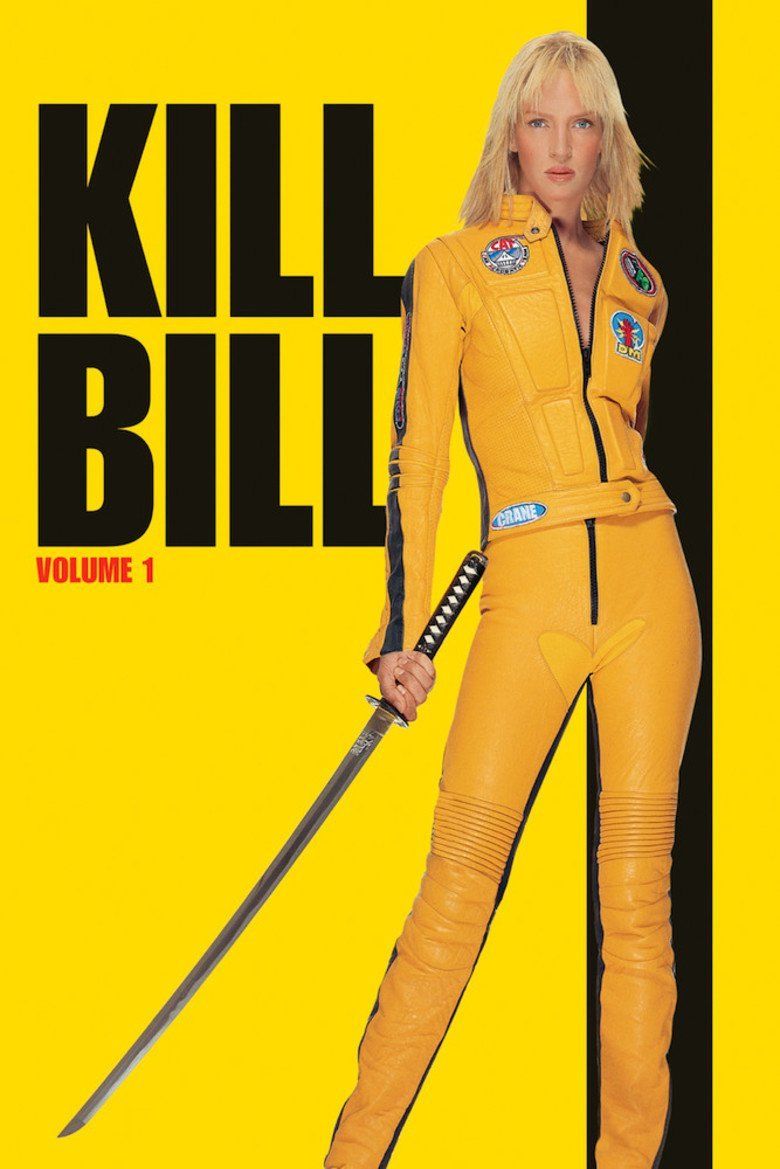 | ||||||||||||||||||||||||||||||||||
Release date October 10, 2003 (2003-10-10) (United States)October 25, 2003 (2003-10-25) (Japan) Based on Character (The Bride)by Q&U Writer Quentin Tarantino, Quentin Tarantino (character The Bride), Uma Thurman (character The Bride) Awards MTV Movie Award for Best Fight, MTV Movie Award for Best Villain, MTV Movie Award for Best Female Performance Cast Uma Thurman (Beatrix 'The Bride' Kiddo), (O-Ren Ishii), (Vernita Green), (Elle Driver), (Bill), (Gogo Yubari)Similar movies Teenage Mutant Ninja Turtles , Dynamite Shaolin Heroes , Blackhat , Batman Begins , Kung Fu Panda , The Matrix Reloaded Tagline Go for the kill. | ||||||||||||||||||||||||||||||||||
Kill bill vol 1 2003 official trailer uma thurman lucy liu action movie hd
Kill Bill: Volume 1 (originally advertised as simply Kill Bill) is a 2003 American martial arts film written and directed by Quentin Tarantino. It stars Uma Thurman as the Bride, who swears revenge on a team of assassins (Lucy Liu, Michael Madsen, Daryl Hannah, and Vivica A. Fox) and their leader Bill (David Carradine) after they try to kill her and her unborn child. Her journey takes her to Japan, where she battles the Tokyo yakuza.
Contents
- Kill bill vol 1 2003 official trailer uma thurman lucy liu action movie hd
- Kill bill vol 1 1 12 movie clip hello vernita 2003 hd
- Plot
- Cast
- Writing
- Production
- Influences
- Music
- Theatrical release
- Home release
- Critical reception
- Accolades
- In popular culture
- References
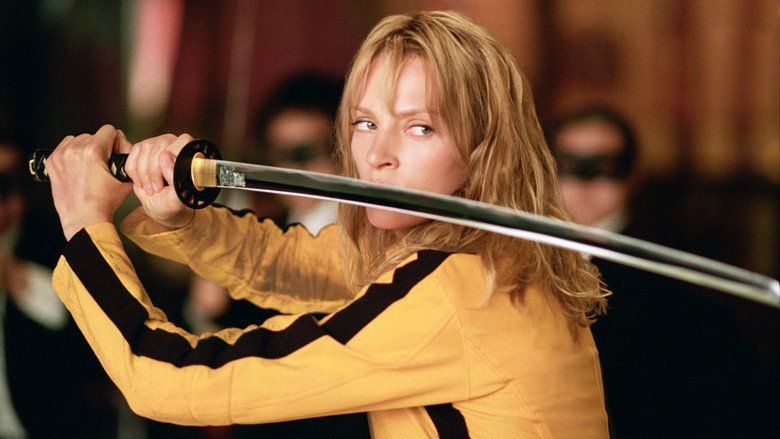
Tarantino conceived Kill Bill as an homage to "grindhouse" cinema including martial arts films, samurai cinema, blaxploitation films, and spaghetti westerns. It features an anime sequence animated by Production I.G. It is the first of two Kill Bill films made in a single production; Vol 1 was released on October 10, 2003, and the second, Kill Bill: Volume 2, was released in April 16, 2004. The films were originally set for a single release, but the film, with a runtime of over four hours, was divided in two. It became Tarantino's highest-grossing film up to that point, earning over $180 million at the box office.
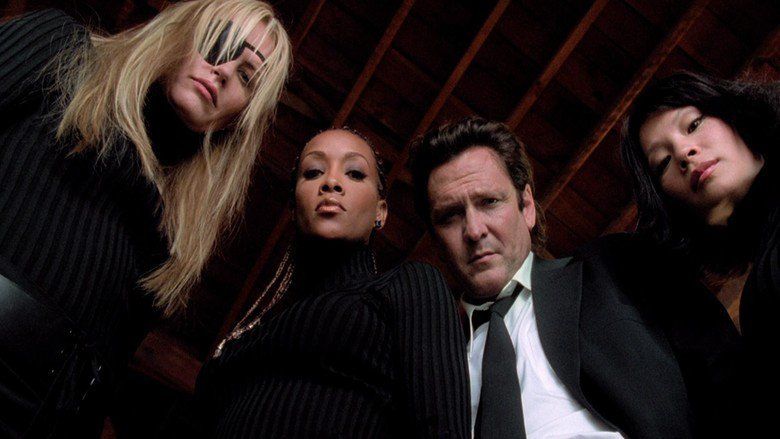
Kill bill vol 1 1 12 movie clip hello vernita 2003 hd
Plot
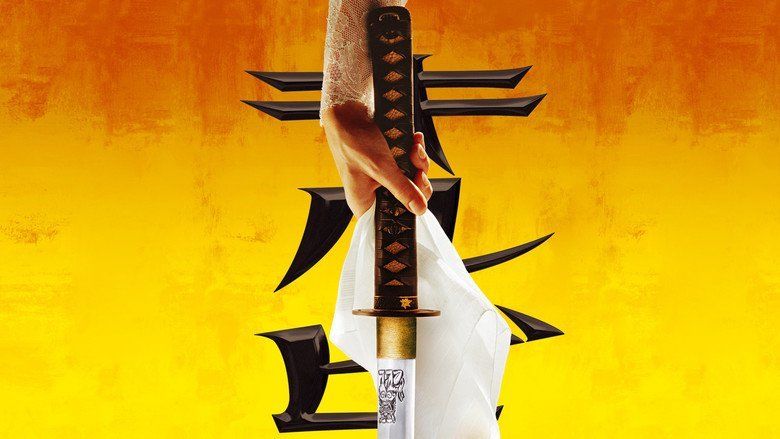
A woman in a wedding dress, the Bride, lies wounded in a chapel in El Paso, Texas, having been attacked by the Deadly Viper Assassination Squad. She tells their leader, Bill, that she is carrying his baby. He shoots her in the head.
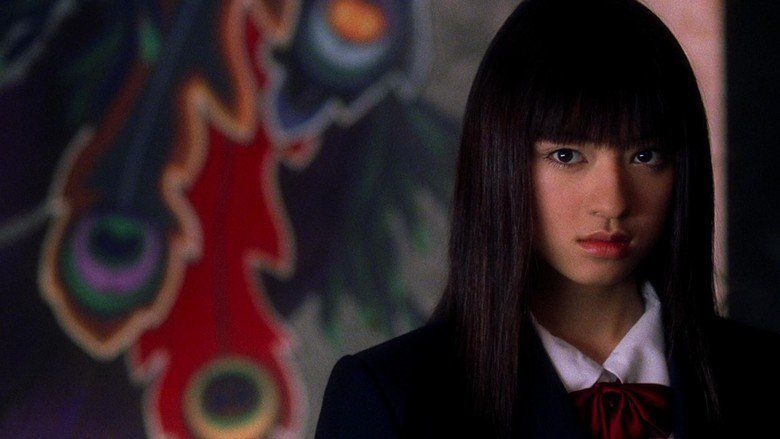
Four years later, having survived the attack, the Bride goes to the home of Vernita Green, planning to kill her. Both women were members of the Deadly Viper Assassination Squad, which has since disbanded; Vernita now leads a normal suburban family life. They engage in a knife fight, but are interrupted by the arrival of Vernita's young daughter, Nikki. Not wanting to kill Vernita in front of Nikki, the Bride agrees to meet Vernita at night to settle the matter, but Vernita tries to surprise the Bride with a pistol hidden in a box of cereal. The Bride dodges the shot and throws a knife into Vernita's chest, killing her.
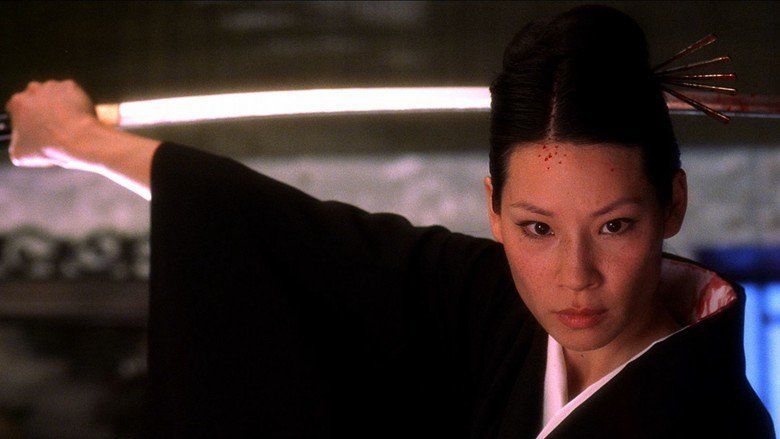
Four and a half years earlier, police investigate the massacre at the wedding chapel. The sheriff discovers the Bride is alive but comatose. In the hospital, Deadly Viper Elle Driver prepares to assassinate the Bride via lethal injection, but Bill aborts the mission at the last moment, considering it dishonorable to kill the Bride when she cannot defend herself.
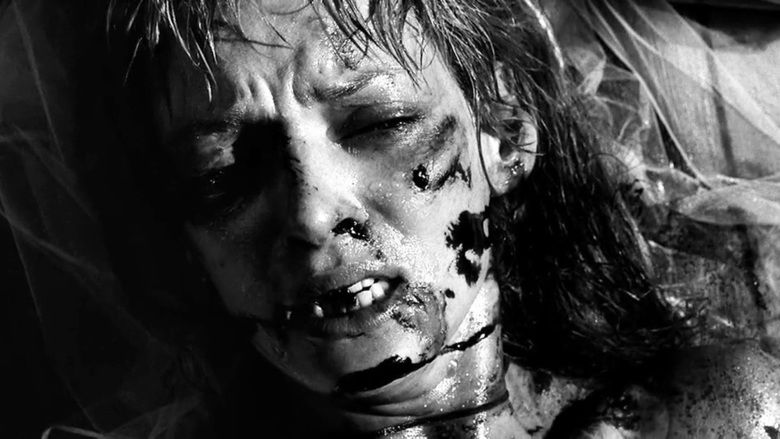
In the present, the Bride awakens from her four-year coma and is horrified to find she is no longer pregnant. She kills a hospital worker who has been raping her while she was comatose, takes his truck, and teaches herself to walk again. Resolving to kill Bill and all four members of the Deadly Viper Assassination Squad, she picks her first target: O-Ren Ishii, now the leader of the Tokyo yakuza. O-Ren's parents were murdered by the yakuza when she was a child; she took vengeance on the yakuza boss and replaced him after training as an elite assassin.
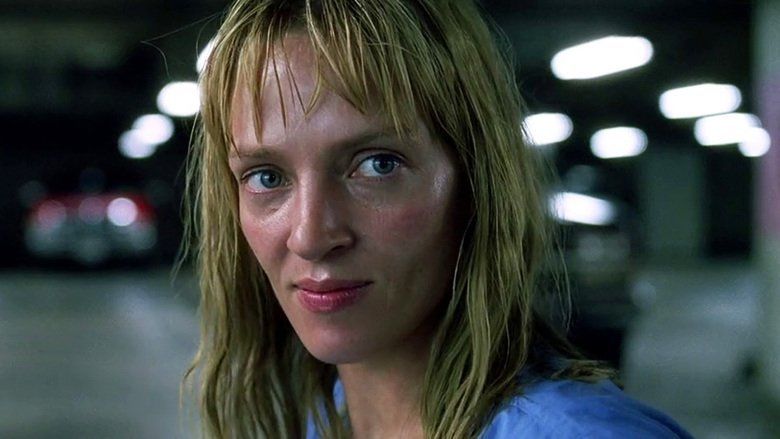
The Bride travels to Okinawa, Japan, to obtain a sword from legendary swordsmith Hattori Hanzō, who has sworn never to forge a sword again. After learning that her target is Bill, his former student, he crafts his finest sword for her. The Bride tracks down O-Ren at a Tokyo restaurant, the House of Blue Leaves, and defeats her yakuza army, including the elite Crazy 88 and O-Ren's bodyguard, schoolgirl Gogo Yubari. She duels with O-Ren in the restaurant's Japanese garden. During the duel O-Ren first mocks and then apologizes to the Bride, who accepts. They continue and the Bride then tearfully slices the top of O-Ren's head off with a sword stroke. Afterwards, she tortures Sofie Fatale, O-Ren's assistant and Bill's protege for information about Bill, and leaves her alive to pass on a message and a threat. Bill asks her if the Bride knows her daughter is alive.
Cast
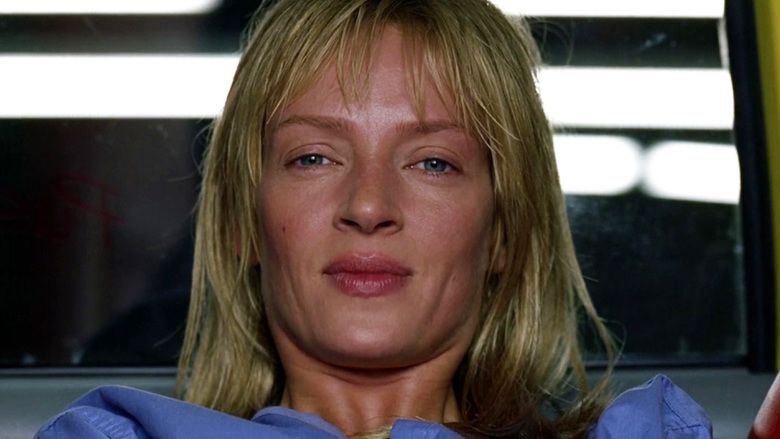
Writing
Writer-director Quentin Tarantino and star Uma Thurman conceived Kill Bill during the production of Tarantino's 1994 film Pulp Fiction; the film credits the story to "Q & U". Tarantino spent a year and a half writing the script while he was living in New York City. He spent time with Thurman and her newborn daughter, which influenced the Bride character; Tarantino did not come to the realization that the Bride's daughter could still be alive until five months into writing. He originally wrote Bill to be played by Warren Beatty, but as the character developed and the role required greater screen time and martial arts training, he instead "molded" the character for David Carradine.
An early draft included an additional chapter set after the confrontation with Vernita in which the Bride has a gunfight with Gogo Yubari's vengeful sister Yuki. The scene was cut for time and budget reasons. Tarantino said: "I'm dealing with a three and a half-hour movie. Yuki's revenge is going to be the first to go. I'm going to kill myself shooting it, it's going to cost $1 million and it's going to be the first thing to go, so I can't do it." Another draft featured a scene in which the Bride's "Pussy Wagon" is blown up by Elle Driver.
Production
When Thurman became pregnant as shooting was ready to begin, Tarantino delayed the production, saying: "If Josef Von Sternberg is getting ready to make Morocco and Marlene Dietrich gets pregnant, he waits for Dietrich!" Although the scenes are presented out of chronological order, the film was shot in sequence. Choreographer Woo-Ping Yuen, whose previous credits include The Matrix (1999), was the film's martial arts advisor. The anime sequence, covering O-Ren Ishii's backstory, was directed by Kazuto Nakazawa and produced by Production I.G, which had produced films including Ghost in the Shell and Blood: The Last Vampire. The combined production lasted 155 days and had a budget of $55 million.
According to Tarantino, the most difficult part of making the film was "trying to take myself to a different place as a filmmaker and throw my hat in the ring with other great action directors", as opposed to the dialogue scenes he was known for. The House of Blue Leaves sequence, in which the Bride battles dozens of yakuza soldiers, took eight weeks to film, six weeks over schedule. Tarantino wanted to create "one of the greatest, most exciting sequences in the history of cinema". The crew eschewed computer generated imagery in favor of traditional practical effects used in 1970s Chinese cinema, particularly by director Chang Cheh, including the use of fire extinguishers and condoms to create spurts and explosions of blood. Tarantino told his crew: "Let's pretend we're little kids and we're making a Super 8 movie in our back yard, and you don't have all this shit. How would you achieve this effect? Ingenuity is important here!"
Kill Bill was planned and produced as a single film. After shooting ended and editing began, producer Harvey Weinstein, known for pressuring filmmakers to shorten their films, suggested that Tarantino split the film in two. The decision meant Tarantino did not have to cut scenes, such as the anime sequence. He told IGN: "I'm talking about scenes that are some of the best scenes in the movie, but in this hurdling pace where you're trying to tell only one story, that would have been the stuff that would have had to go. But to me, that's kind of what the movie was, are these little detours and these little grace notes." The decision to split the film was announced in July 2003.
Influences
Kill Bill was inspired by "grindhouse" cinema, a term for films that played in cheap US theaters in the 1970s, including martial arts films, samurai cinema, blaxploitation films, and spaghetti westerns. The film homages the Shaw Brothers Studio, known for its martial arts films, with the inclusion of the ShawScope logo in its opening titles and use of the "crashing zoom", a fast zoom usually ending in a close-up commonly used in Shaw Brothers films.
When the Bride encounters a member of the Deadly Vipers, a flashing red screen with superimposed flashback footage appears, in homage to the 1965 spaghetti western Death Rides A Horse, whose hero witnesses the massacre of his family. The theme from Death Rides A Horse, composed by Ennio Morricone, plays when the Bride confronts O-Ren Ishii. The Bride’s yellow tracksuit, helmet and motorcycle resemble the ones used by Bruce Lee in the 1978 kung fu film Game of Death.
The Guardian wrote that Kill Bill shares much of its plot with the 1973 Japanese film Lady Snowblood, in which a woman kills off the gang who murdered her family, and observed that "Lady Snowblood uses stills and illustration for parts of the narrative that were too expensive to film, just as Kill Bill uses Japanese-style animation to break up the narrative". The plot also resembles the 1968 French film The Bride Wore Black, in which a bride seeks revenge on five gang members and strikes them off a list as she kills them.
Music
As with Tarantino's previous films, Kill Bill features an eclectic soundtrack comprising many musical genres. On the two soundtracks, music ranges from country music to selections from the Spaghetti Western film scores of Ennio Morricone. Bernard Herrmann's theme from the film Twisted Nerve is whistled by the menacing Elle Driver in the hospital scene. A brief, 15-second excerpt from the opening of the Ironside theme music by Quincy Jones is used as the Bride's revenge motif, which flares up with a red-tinged flashback whenever she is in the company of her next target. Instrumental tracks from Japanese guitarist Tomoyasu Hotei figure prominently, and after the success of Kill Bill they were frequently used in American TV commercials and at sporting events. As the Bride enters "The House of Blue Leaves", go-go group The 5,6,7,8's perform "I Walk Like Jayne Mansfield," "I'm Blue (The Gong-Gong Song)" and "Woo Hoo." The connection to Lady Snowblood is further established by the use of "The Flower of Carnage" the closing theme from that film. James Last's "The Lonely Shepherd" by pan flute virtuoso Gheorghe Zamfir plays over the closing credits.
Theatrical release
Kill Bill: Volume 1 was released in theaters on October 10, 2003. It was the first Tarantino film in six years, following Jackie Brown in 1997. In the United States and Canada, Volume 1 was released in 3,102 theaters and grossed $22 million on its opening weekend. Paul Dergarabedian, president of Exhibitor Relations, said Volume 1's opening weekend gross was significant for a "very genre specific and very violent" film that in the United States was restricted to theatergoers 17 years old and up. It ranked first at the box office, beating School of Rock (in its second weekend) and Intolerable Cruelty (in its first). Volume 1 had the widest theatrical release and highest-grossing opening weekend of a Tarantino film to date; Jackie Brown and Pulp Fiction (1994) had each grossed $9.3 million on their opening weekends. According to the studio, exit polls showed that 90% of the audience was interested in seeing the second Kill Bill after seeing the first.
Outside the United States and Canada, Kill Bill: Volume 1 was released in 20 territories. The film outperformed its main competitor Intolerable Cruelty in Norway, Denmark and Finland, though it ranked second in Italy. Volume 1 had a record opening in Japan, though expectations were higher due to the film being partially set there and because of its homages to Japanese martial arts cinema. It had "a muted entry" in the United Kingdom and Germany due to its 18 certificate, but "experienced acceptable drops" after its opening weekend in the two territories. By November 2, 2003, it had made $31 million in the 20 territories. It grossed a total of $70 million in the United States and Canada and $110.9 million in other territories for a worldwide total of $180.9 million.
Home release
In the United States, Volume 1 was released on DVD and VHS on April 13, 2004, the week Volume 2 was released in theaters. In a December 2005 interview, Tarantino addressed the lack of a special edition DVD for Kill Bill by stating "I've been holding off because I've been working on it for so long that I just wanted a year off from Kill Bill and then I'll do the big supplementary DVD package." The United States does not have a DVD boxed set of Kill Bill, though box sets of the two separate volumes are available in other countries, such as France, Japan and the United Kingdom. Upon the DVD release of Volume 2 in the US, however, Best Buy did offer an exclusive box set slipcase to house the two individual releases together. Volume 1, along with Volume 2, was released in High Definition on Blu-ray on September 9, 2008 in the United States.
Critical reception
On review aggregator Rotten Tomatoes, Kill Bill: Volume 1 has a score of 85% based on reviews from 224 critics; the average rating is 7.7 out of 10. Its consensus reads: "Kill Bill is admittedly little more than a stylish revenge thriller – albeit one that benefits from a wildly inventive surfeit of style." At Metacritic, which assigns a weighted average score out of 100 to reviews from mainstream critics, the film has an average score of 69 based on 43 reviews.
A. O. Scott of The New York Times wrote, "While being so relentlessly exposed to a filmmaker's idiosyncratic turn-ons can be tedious and off-putting, the undeniable passion that drives Kill Bill is fascinating, even, strange to say it, endearing. Mr. Tarantino is an irrepressible showoff, recklessly flaunting his formal skills as a choreographer of high-concept violence, but he is also an unabashed cinephile, and the sincerity of his enthusiasm gives this messy, uneven spectacle an odd, feverish integrity."
Manohla Dargis of the Los Angeles Times called Kill Bill: Volume 1 "a blood-soaked valentine to movies" and wrote: "It's apparent that Tarantino is striving for more than an off-the-rack mash note or a pastiche of golden oldies. It is, rather, his homage to movies shot in celluloid and wide, wide, wide, wide screen—an ode to the time right before movies were radically secularized." She recognized Tarantino's technical talent but thought Kill Bill: Volume 1's appeal was too limited to popular culture references, calling the film's story "the least interesting part of the whole equation."
Roger Ebert of the Chicago Sun-Times gave the film 4 stars out of 4, writing: "Kill Bill, Volume 1 shows Quentin Tarantino so effortlessly and brilliantly in command of his technique that he reminds me of a virtuoso violinist racing through 'Flight of the Bumble Bee' – or maybe an accordion prodigy setting a speed record for 'Lady of Spain'. I mean that as a sincere compliment. The movie is not about anything at all except the skill and humor of its making. It's kind of brilliant."
Cultural historian Maud Lavin states that the Bride's embodiment of murderous revenge taps into viewers' personal fantasies of committing violence. For audiences, particularly women viewers, the character provides a complex site for identification with one's own aggression.
Accolades
Uma Thurman received a Golden Globe Best Actress nomination in 2004. She was also nominated in 2004 for a BAFTA Award for Best Actress in a Leading Role, in addition with four other BAFTA nominations. Kill: Bill Volume 1 was placed in Empire Magazine's list of the 500 Greatest Films of All Time at number 325 and the Bride was also ranked number 66 in Empire magazine's "100 Greatest Movie Characters".
In popular culture
Kill Buljo is a 2007 Norwegian parody of Kill Bill. It is set in Finnmark, Norway and portrays the protagonist Jompa Tormann's hunt for Tampa and Papa Buljo. The film depends heavily on satirizing stereotypes about Norway's Sami population. According to the Norwegian newspaper Dagbladet, Quentin Tarantino himself has watched the film's trailer and was quite happy about it, looking forward to seeing the film itself.
The Pussy Wagon vehicle from Kill Bill: Volume 1 made a cameo in the music video for Lady Gaga's song "Telephone" at Tarantino's behest.
References
Kill Bill: Volume 1 WikipediaKill Bill Volume 1 IMDbKill Bill Volume 1 Rotten TomatoesKill Bill Volume 1 MetacriticKill Bill Volume 1 Roger EbertKill Bill: Volume 1 themoviedb.org
